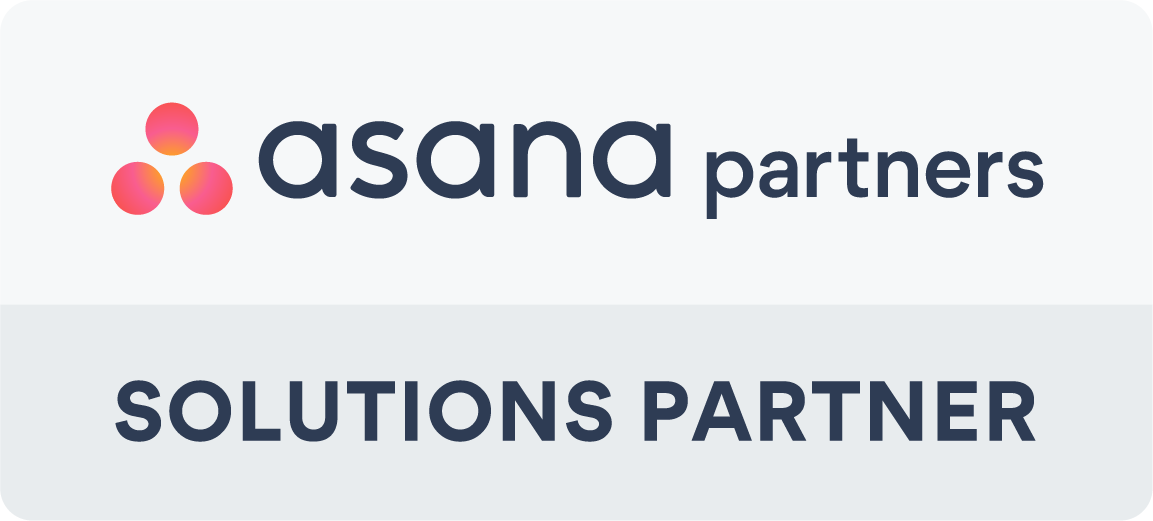BONUS DOWNLOAD: Getting Started with Work Management (Ebook)
Work management tool Asana has announced updates to its enterprise features with a host of new security and compliance partners (including Okta and Netskope), improved workflow automation and cross-functional reporting and goal tracking.
Asana is placing bets on the enterprise market, with its latest announcement coming at its first event aimed at enterprise customers (Scale 2021). The new features provide comprehensive updates to security, administration, scalability, reporting, improved workflow automation and cross-functional goal tracking. These changes have come in response to growing demand from large enterprises for tools to help manage work across distributed teams.
Alex Hood, Chief Product Officer at Asana, said, "We're crossing the chasm now into more mainstream.” adding “As we serve these larger customers, we have to make the kind of announcements that we're making today, that they're able to do it in a way that best supports cross-departmental work, that supports the C-suite and the individual contributor, and does so in a way that's safe and secure for the whole team.”
Asana Security Scaling
The new security and administration features include enterprise key management, support for SCIM (to help automate group set-up and sync with Okta, and soon Azure AD), and organisation-wide broadcast announcements.
An Audit Log API offers SIEM integration to analysis tool Splunk, making it possible to trigger notifications when identifying unusual behaviour, such as an employee attempting logins in multiple regions or multiple devices.
The innovative integration with NetSkope enables a Cloud Access Security Broker (CASB) to enforce security and data access policies. Other partnerships offer additional security, compliance and SaaS management functions, along with platform integrations to IBM App Connect, Salesforce-owned MuleSoft, and Microsoft Power Automate. Asana also announced that it can now scale to over 100k enterprise customers within a single organisation.
Asana's new Workflow builder saves the day
Asana’s new point-and-click workflow builder significantly improves the previous rudimentary rules feature and allows the user to see the various steps, including integrating other applications and insights into the performance. It’s also designed to enable cross-functional processes rather than processes running within a single team or department. The rumour is that the new workflow builder will soon come with a library of pre-built templates that users can save and customise for their own needs. Asana emphasises its ability to power different teams and functions across an entire organisation. Something with other work management tools are failing to do successfully.
Alex Hood further commented that: “Enterprises tend to have matrix management arrangements. It's very difficult if your projects are tracked in a spreadsheet, or a project management application if that's a spreadsheet in the back end, to then see how all the work is coming together across teams in one view, without calling a status meeting. So we built robust reporting capability in Asana in the last twelve months, and we're continuing to invest there. The next big piece is time-series reporting, so you can track efficiency and progress over time and across multiple divisions, taken together.”
Connecting Asana goals to the work
Managing goals is also another enterprise feature that has improved. Built on Asana’s enterprise work graph, which collects and analyzes data about work across the organization, Asana Goals connects that execution data back to the top-level goals that the work is designed to support. This feature wholly embraces the modern management practice of Objectives and Key Results (OKR) and provides a direct connection between the organisational goals and the execution of the work.
Alex Hood explains further: “With Asana, there's a direct linkage between the underlying work we've done with you and the goal itself. So if the goal is red, you can drill five layers into the organization, three teams over and see where the issue is, and correct it so that your team can get unblocked.
“I think the prominence and importance of the OKR market have shown that setting goals are essential. But if you have those goals only live in a spreadsheet, you're not getting the full greatness of setting those goals. When they're hooked into execution inextricably, that's where technology helps to align performance and strategy.”
Among the latest announcements, Asana has added an API that plugs external inputs into the platform. For example, when a deal closes in Salesforce, that information automatically updates in Asana. A team can then instantly see that they're a step closer to achieving their current sales goals. Providing this level of transparency about progress is particularly important when people are working outside of the traditional office structure and have to find new ways of understanding what work is getting done. Alex Hood expanded on using Asana in a hybrid working environment: “When you're in the office, the 'work about work' was the work about work you could see. Now you can't even know that work about work. So what are the tools out there to align your organisation, get everybody charging up the right hill? Setting goals and then tracking those goals is an attractive way to do that. And you can do that in software that also aligns with the intentions and work of individuals on the team. That's where we're coming from.”
Improving the experience of work with Asana
According to research carried out for Asana, the 'work about work' — coordinating what needs doing, rather than doing it — takes up as much as 63% of people's time in organisations of 5,000 or more employees. The research finds that the problem is compounded for top executives, who on average use 14 different tools in a day's work, switching between them at least 30 times in the day. This is even worse than for those elsewhere in the organisation, which means they too will appreciate the impact of a tool like Asana, argues Hood:
“Everybody's an individual contributor at some level, trying to amass the information they need to do the job and synthesize. The C-suite feels that pain point, just as much as the individual contributor is trying to get the context to do their job well.”
Hood emphasizes that it's essential to use these tools to help improve the work experience, rather than seeing them as purely a mechanism for driving efficiency. He explains:
“We don't see the reporting aspects or even the goal aspects of Asana as being, how do you squeeze that next level of efficiency out of the same crew? It’s meant to be; how do you get this crew to have fewer distractions? How do you get the individuals to spend more time in flow, in focus time? And how do you remove barriers the minute that you find them? Or re-route around drama, so the drama has to never exist?
“We do a lot of user research and design around these benefits for individual contributors, do great work, have shared victories on their team, and not pound out the next unit of productivity. That's a different stance and how we think about the problem.”
If you’d like to learn more about implementing Asana in your organisation, complete the form below and take advantage of a free demo and 30 day trial of the new enterprise features.



